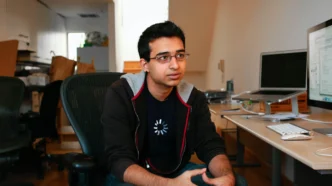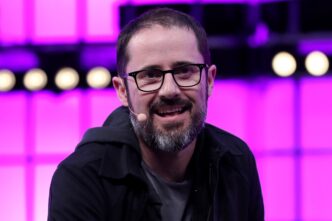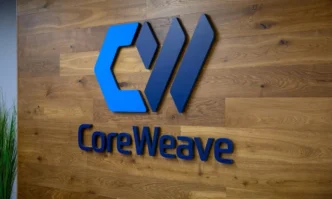Sahil Lavingia, the founder of Gumroad and a prominent seed investor, has shared a candid account of his brief but revealing stint with DOGE — the Department of Government Efficiency — a Trump-era initiative where Elon Musk played an advisory role. In a short diary entry, Lavingia recaps his 55-day journey inside the government agency modernization experiment, which he joined as a volunteer software engineer at the Department of Veterans Affairs (VA).
Bureaucracy, Burnout, and a Surprise Reality Check
DOGE, created by executive order under President Trump, tasked high-profile technologists with uncovering waste across federal agencies. For Lavingia, who once campaigned for Bernie Sanders and dreamed of coding solutions that would scale social good, the opportunity seemed aligned with his ideals.
But the reality was far more complex. Despite the perception that federal agencies are bloated and inefficient, Lavingia found a surprisingly organized system — at least within the VA. He was assigned to flag wasteful contracts and recommend layoffs, only to discover strict rules protecting senior employees and veterans. “Performance was far down the list,” he wrote, noting the bureaucracy’s structural rigidity.
DOGE itself, he says, was even more chaotic. Despite Musk’s bold vision, Lavingia described the team as disorganized, with no shared engineering playbook and little internal knowledge sharing. “Every engineer started from scratch,” he wrote.
Lavingia likened DOGE’s role to that of McKinsey consultants — influential, but not decision-makers. “The real decisions came from Trump-appointed agency heads,” he said, adding that DOGE was often used as a convenient scapegoat for unpopular actions. Elon Musk echoed this sentiment recently in a Washington Post interview, calling DOGE “D.C.’s whipping boy.”
Tech Talent Meets Government Gridlock
Though unpaid, Lavingia took the role seriously. He attempted to modernize parts of the VA’s software systems, including UX improvements to a large language model-powered chatbot already in use. He also developed a tool to scan internal PDFs for politically sensitive terms, as well as systems for analyzing contracts and building organizational charts using AI.
Still, he never received clearance to deploy any of it. “I was never able to get approval to ship anything that would actually improve American lives — while also saving taxpayer money,” he admitted. On Day 55, Lavingia’s access was revoked after he spoke to a Fast Company reporter about his experience. “I got the boot from DOGE,” he said bluntly.
His reflections cut to the core of a dilemma facing public sector innovation: balancing functional continuity with meaningful modernization. While Lavingia found fewer inefficiencies than expected, he also discovered how deeply change-resistant large government systems can be.
“The culture shock was a lot of meetings and not a lot of decisions,” he said. “But honestly, the government works. It’s not as inefficient as I was expecting. I was hoping for more easy wins.”
Lavingia’s story offers a rare glimpse into how tech-savvy volunteers attempt to bring startup-like speed to government — and what happens when those ideals collide with reality. Despite the frustrations, he left with a deeper respect for public systems and a healthy skepticism of quick-fix thinking.
DOGE’s ambition may have been grand, but as Lavingia’s brief tour shows, digital transformation in government doesn’t follow Silicon Valley rules. Sometimes, the system works — just not the way you expect.













